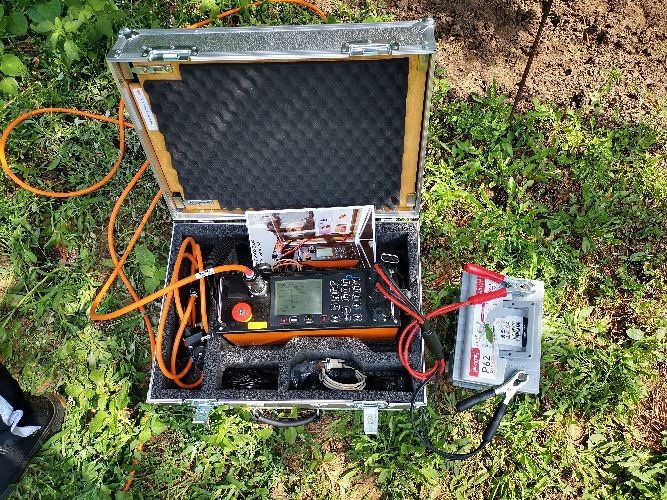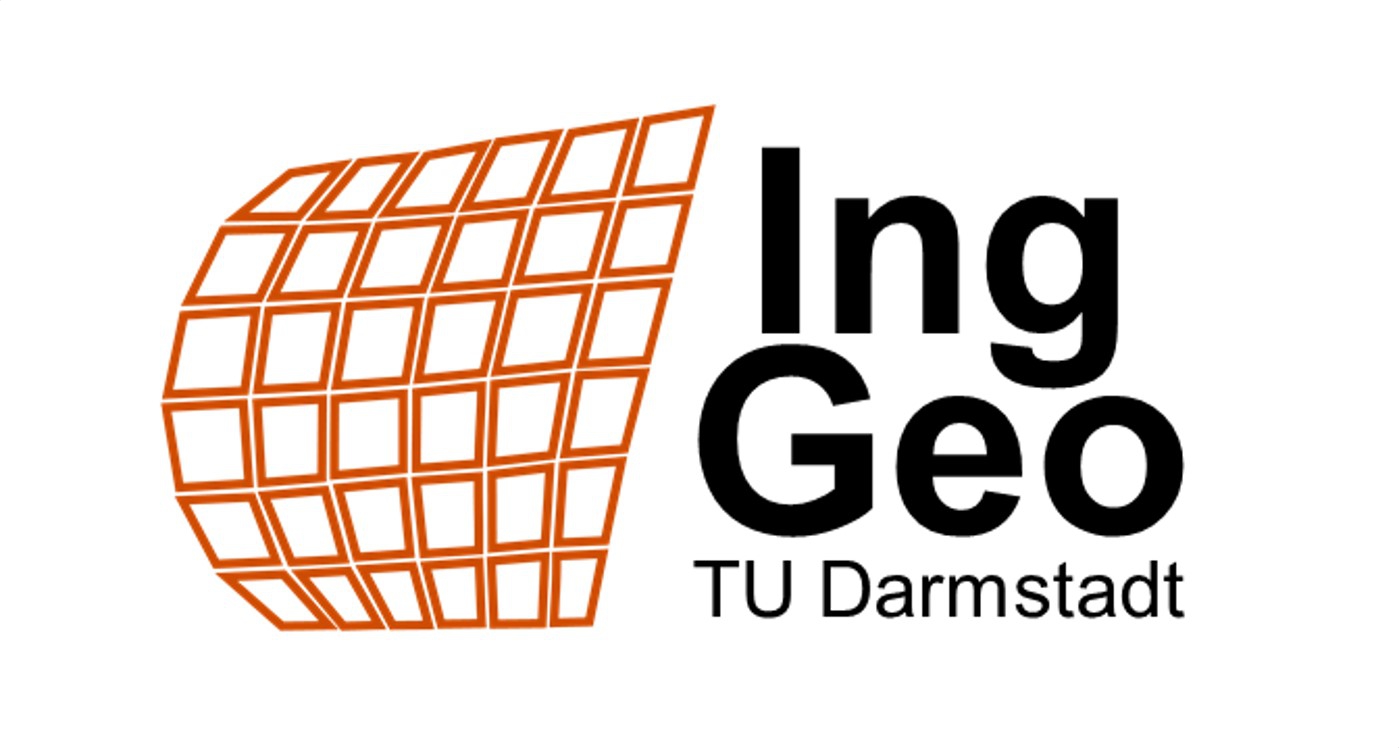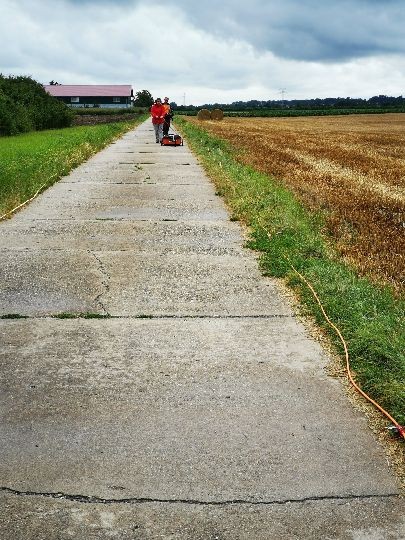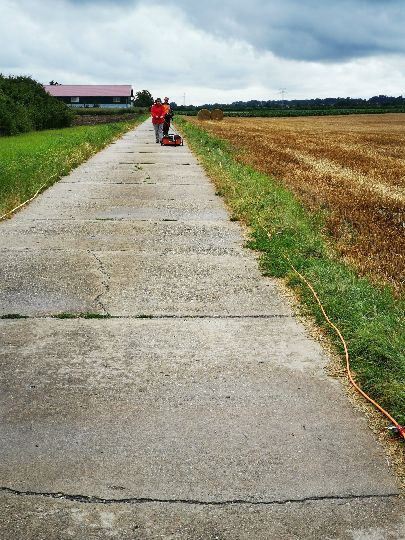As a result of the decay of radon and its decay products, the resulting ionizing radiation causes damage to DNA and cell structure and can thus cause cancer. In the vicinity of faults, increased radon levels in the soil air can occur and lead to an increased hazard potential. In order to better assess the significance of such local anomalies for the determination of radon precautionary areas, an area with active tectonics will be investigated in greater detail within the framework of a pilot project. For the working area near Riedstadt west of Darmstadt, a three-dimensional structural model is to be generated by combining a variety of geological and geophysical methods, which will provide a detailed representation of the subsurface structures and, in particular, the geometry of the faults. In addition to the development history of the faults, the migration paths of radon in particular should thus be better understood.











